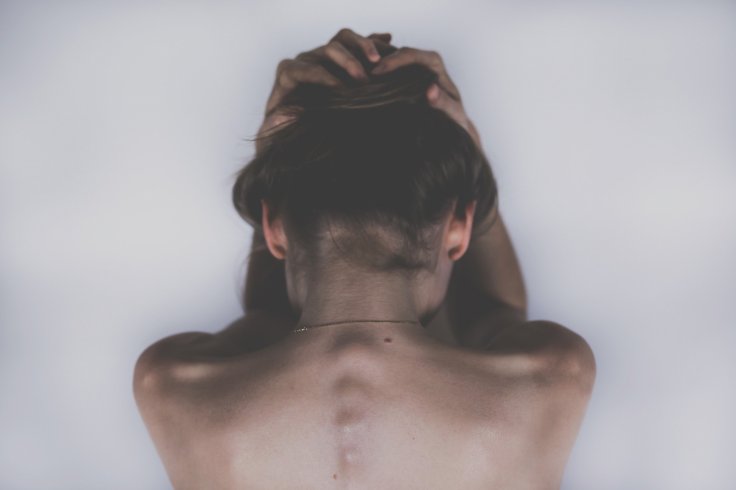
Undergoing hormone therapy may be effective in reducing age-related curvature of the spine in post-menopausal women, finds a study.
Hyperkyphosis, sometimes called dowager's hump, is an exaggerated curvature of the spine that creates a forward stooped posture.
Beyond its adverse aesthetic effects, hyperkyphosis is associated with poor physical function, an increased risk of falls and fractures, and earlier mortality.
Women who reported continuous or remote past hormone therapy use had less pronounced kyphosis by the time they were in their mid-80s than never-users.
The results support the argument for hormone therapy as a possible early post-menopause treatment for women concerned about their posture and fracture risk, the researchers said.
"Women who reported early use of hormone therapy were less likely to develop age-related kyphosis, and the protective benefits continued even after stopping the therapy," said JoAnn Pinkerton, Executive Director at the North American Menopause Society (NAMS) -- a US-based non-profit organisation.
"This supports a benefit of prescribing hormone therapy close to menopause," Pinkerton added in a paper published in the journal Menopause.
It is well known that the significant declines in estrogen experienced during the menopause transition contribute to accelerated bone loss. Hormone therapy has been known to help reverse bone loss and prevent fractures.
Given that hyperkyphosis is also associated with bone loss and vertebral fractures, the researchers hypothesised that hormone therapy may also be effective in helping prevent exaggerated spine curvature.
The team involved more than 9,700 women aged 65 years and older who were evaluated over a 15-year period.
During the first three years of hormone therapy use, bone density has been shown to increase steadily and then is maintained during continued use. (IANS)









